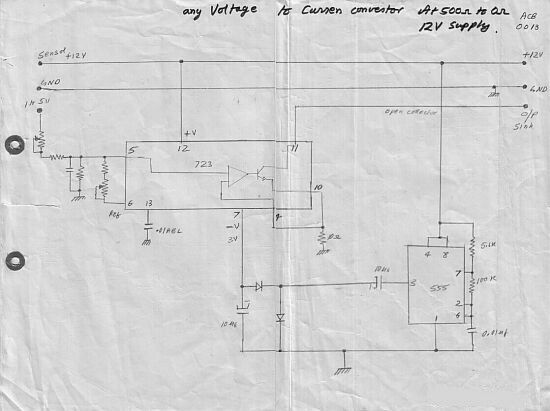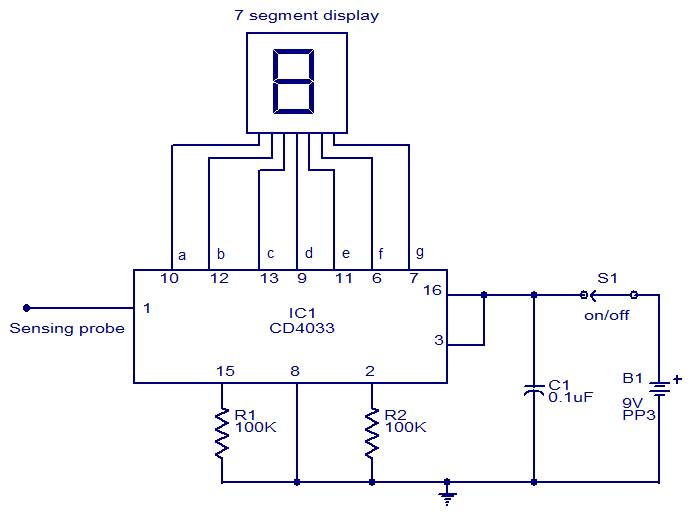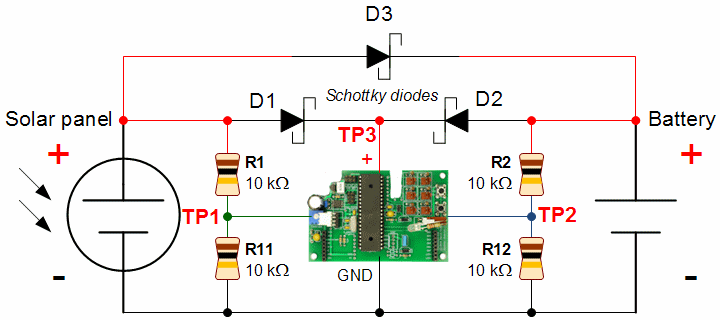
1 5 volt led flashers

The LED flasher circuits operate on a single 1.5-volt battery. The circuit on the upper right utilizes the widely used LM3909 LED flasher integrated circuit (IC) and requires only a timing capacitor and an LED.
The LM3909 is a specialized integrated circuit designed for driving LEDs in flashing applications. This IC allows for the creation of visually appealing light patterns with minimal external components. In the described circuit, the primary components include the LM3909 IC, a timing capacitor, and an LED, which collectively enable the flashing effect.
The 1.5-volt battery serves as the power source, providing sufficient voltage for the LM3909 to operate effectively. The timing capacitor, when connected to the LM3909, determines the flashing frequency of the LED. By selecting a capacitor of appropriate capacitance, the time interval between flashes can be adjusted, allowing for customization of the visual effect.
The LED is connected to the output pin of the LM3909, which drives the LED on and off according to the timing set by the capacitor. The circuit can be further enhanced by adding resistors to limit the current through the LED, ensuring its longevity and preventing damage.
This simple yet effective LED flasher circuit can be utilized in various applications, such as decorative lighting, indicators, and signaling devices. Its low power consumption makes it suitable for battery-operated devices, while the ease of assembly and minimal component requirements contribute to its popularity among hobbyists and engineers alike.The LED flasher circuits below operate on a single 1.5 volt battery. The circuit on the upper right uses the popular LM3909 LED flasher IC and requires only a timing capacitor and LED.. 🔗 External reference
The LM3909 is a specialized integrated circuit designed for driving LEDs in flashing applications. This IC allows for the creation of visually appealing light patterns with minimal external components. In the described circuit, the primary components include the LM3909 IC, a timing capacitor, and an LED, which collectively enable the flashing effect.
The 1.5-volt battery serves as the power source, providing sufficient voltage for the LM3909 to operate effectively. The timing capacitor, when connected to the LM3909, determines the flashing frequency of the LED. By selecting a capacitor of appropriate capacitance, the time interval between flashes can be adjusted, allowing for customization of the visual effect.
The LED is connected to the output pin of the LM3909, which drives the LED on and off according to the timing set by the capacitor. The circuit can be further enhanced by adding resistors to limit the current through the LED, ensuring its longevity and preventing damage.
This simple yet effective LED flasher circuit can be utilized in various applications, such as decorative lighting, indicators, and signaling devices. Its low power consumption makes it suitable for battery-operated devices, while the ease of assembly and minimal component requirements contribute to its popularity among hobbyists and engineers alike.The LED flasher circuits below operate on a single 1.5 volt battery. The circuit on the upper right uses the popular LM3909 LED flasher IC and requires only a timing capacitor and LED.. 🔗 External reference





